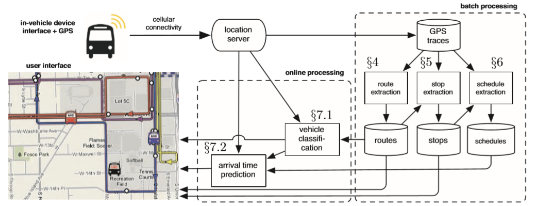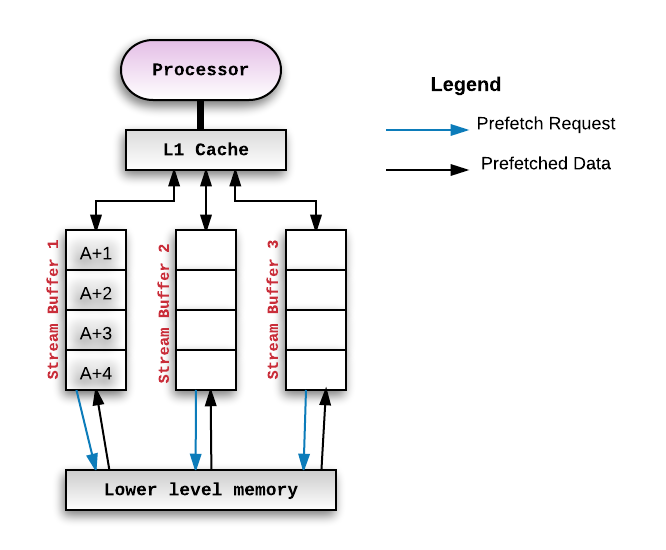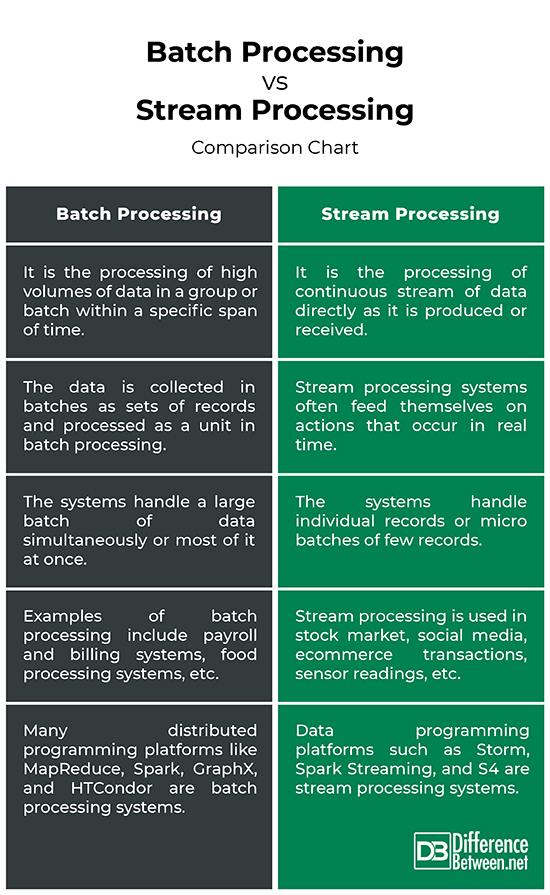Difference Between Batch Processing and Stream Processing
Data is the new currency in today’s digital economy. Many organizations are leveraging big data and cloud technologies to improve the traditional IT infrastructure and support data-driven culture and decision-making while modernizing data centers. However, virtualization and automation are only part of the transition to a cloud environment. The approaches to meeting growing business demands have to be adapted for the enterprise. While cloud computing is nothing less than a revolutionary shift in the industry and cloud based technologies are the key to ensure a sophisticated data management structure, the challenge is how to get data processed any faster – batch processing or stream processing. Each one has its pros and cons, but it all comes down to your business use case. Let’s take a look at the two approaches and find out the differences between the two.

What is Batch Processing?
Batch processing is a method of processing high volumes of data in a group or batch within a specific interval of time. The systems execute a series of programs which take a set of data files as input, processes the data, and produce a set of data files as output. A good example of batch processing is payroll and billing systems where all the related data are collected and held until the bill is processed as a batch at the end of each month. It is the processing of the blocks of data which have already been stored over a specific time period. It is so called because the data is collected in batches as sets of records and processed as a unit. Output is another batch which can be reused as input if required. The simplicity and sophistication of batch system also allows parallel processing, e.g., Hadoop.

What is Stream Processing?
Stream processing is a method used to query continuous stream of data and detect conditions quickly within a limited period of time. In other words, stream processing is the processing of data directly as it is produced or received. Stream processing systems often feed themselves on actions that occur in real time such as social media messages, web pages clicks, ecommerce transactions, sensor readings, and so on. These systems should have faster rate of processing than the rate of incoming data. The basic idea of stream processing is that the systems are supposed to be long-running, dealing with a continuous stream of data. To gain value from big data, data must be processed as soon as they arrive while also maintaining the quality of data. Effective stream processing can solve a wide variety of real-world problems. For example, stream can be utilized for fraud detection, decision making, pattern learning, etc.
Difference between Batch Processing and Stream Processing
Definition
– Batch processing is a method of processing high volumes of data in a group or batch within a specific span of time. It is called batch processing because the data is collected in batches as sets of records and processed as a unit. The output is another batch which can be reused as input if required. Stream processing, on the other hand, is a method of processing of data directly as it is produced or received. It is used to query continuous stream of data and detect conditions quickly within a limited period of time.
Model
– In batch processing, the system executes a series of programs which take a set of data files as input, processes the data, and produces a set of data files as output. The input component is in charge of collecting data from multiple sources, usually databases, and the processing component is responsible for performing computations using these inputs. Finally, the output component generates results which are written back to the databases. In stream processing, the system performs processing on the most recent record of data meaning the systems feed themselves of actions that occur in real time.
Example
– The best example of batch processing systems is payroll and billing systems in which all the related data are collected and held until the bill is processed as a batch at the end of each month. Many distributed programming platforms like MapReduce, Spark, GraphX, and HTCondor are batch processing systems. Stream processing can be utilized as an online solution for fraud detection and used for applications which need continuous output from incoming data like stock market, social media messages, ecommerce transactions, sensor readings, etc. Big Data programming platforms such as Storm, Spark Streaming, and S4 are stream processing systems.
Batch Processing vs. Stream Processing: Comparison Chart

Summary of Batch Processing vs. Stream Processing
While batch processing systems are significantly less complex and more sophisticated compared to stream processing systems, the cost of batch processing systems may seem less feasible for some businesses and organizations that do not have expensive hardware to begin with. However, stream processing systems can be used in applications which need continuous output from incoming data in real-time such as social media applications, stock market, etc. While stream processing works best for business use cases where time is a constraint, batch processing works well when all the related has been pre-stored. So, it all comes down to your business use case.
- Difference Between Caucus and Primary - June 18, 2024
- Difference Between PPO and POS - May 30, 2024
- Difference Between RFID and NFC - May 28, 2024
Search DifferenceBetween.net :
Leave a Response
References :
[0]Gorelik, Alex. The Enterprise Big Data Lake: Delivering the Promise of Big Data and Data Science. Sebastopol, California: O’Reilly Media, 2019. Print
[1]Gorelik, Alex. The Enterprise Big Data Lake: Delivering the Promise of Big Data and Data Science. Sebastopol, California: O’Reilly Media, 2019. Print
[2]Bond, James. The Enterprise Cloud: Best Practices for Transforming Legacy IT. Sebastopol, California: O’Reilly Media, 2015. Print
[3]Zomaya, Albert Y. and Sherif Sakr. Handbook of Big Data Technologies. Berlin, Germany: Springer, 2017. Print
[4]Zeng, Deze, et al. Cloud Networking for Big Data. Berlin, Germany: Springer, 2015. Print
[5]Maas, Gerard and Francois Garillot. Stream Processing with Apache Spark: Mastering Structured Streaming and Spark Streaming. Sebastopol, California: O’Reilly Media, 2019. Print
[6]Image credit: https://upload.wikimedia.org/wikipedia/en/0/08/CachePrefetching_StreamBuffers.png
[7]Image credit: https://commons.wikimedia.org/wiki/File:Batch_Processing.png
